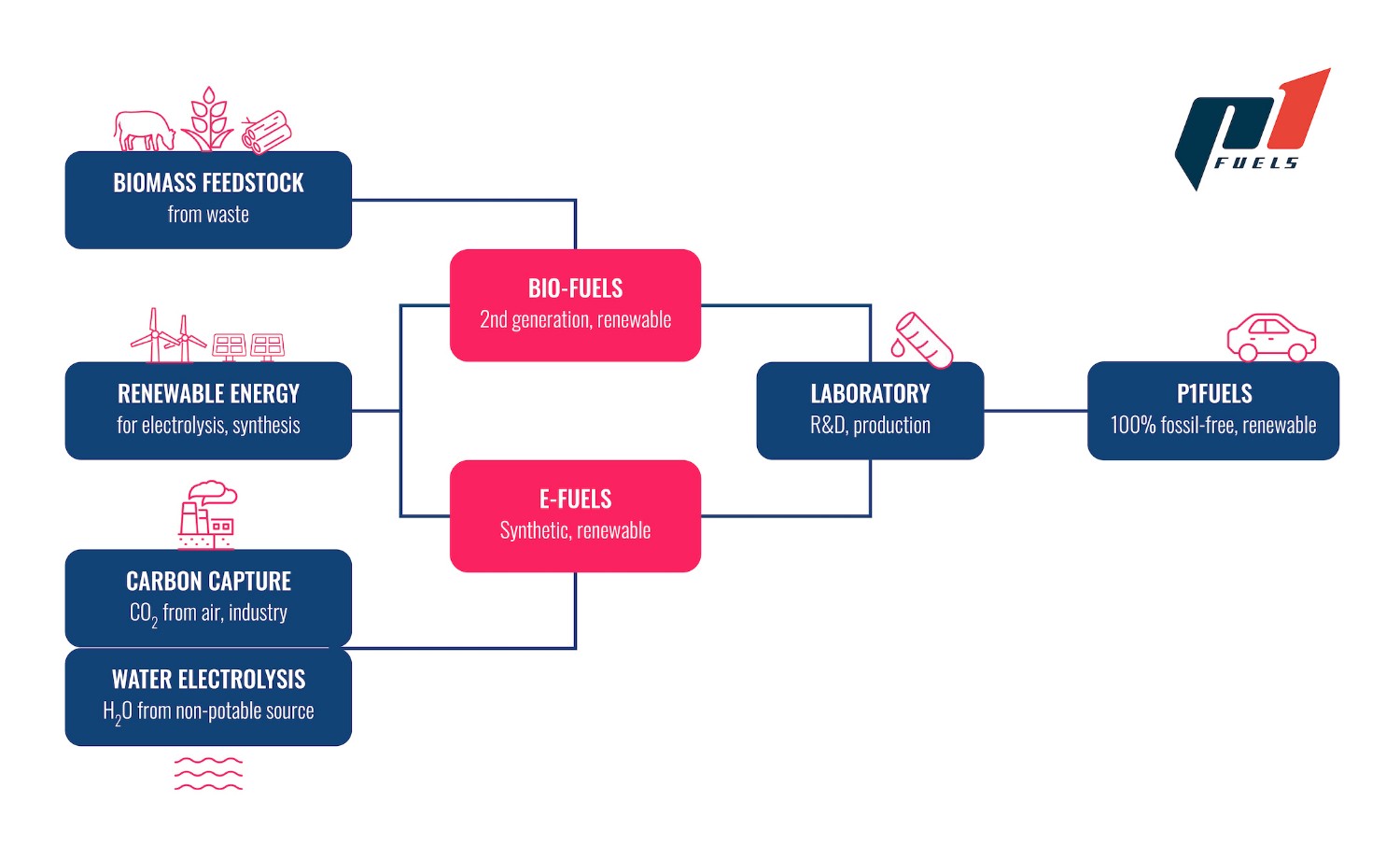Automotive: Understanding how synthetic fuel is considered carbon neutral
F1 has announced they will switch to synthetic fuels starting in 2026.
Synthetic fuels aren’t science fiction. They are already being used by the WRC, beating F1 to the punch, but not enough octane for an F1 car. However, synthetic fuels negate the need for expensive and inconvenient electric cars.

The fuel is produced with a combination of biomass and hydrogen. The biomass is crop-based, and when it’s all processed the result is a fuel that functions like gasoline.
Yes, that also means it burns and releases carbon emissions like gasoline. However, the carbon released is already part of the current carbon cycle, absorbed over months as the crops grow versus fossil fuels which have stored carbon for millions of years.
As the video below states, this is technically a carbon-neutral solution. Moreover, it doesn’t rely on a finite source of oil. You use old crops, process them into fuel with hydrogen, and bingo, you are not hurting the environment with your internal combustion engine. It can be used to replace the fuel we currently get at the pump with no ill effects.
Synthetic fuel is already used in the World Rally Championship, and the fuel was recently used as a demonstration by Sebastian Vettel in an 1922 Aston Martin during a F1 weekend.
Currently, synthetic fuel is more expensive compared to fossil fuel, but that price will come down when production is scaled up. You will see this fuel mixed 15% with regular fuel at the pump and over time, scale up to 100% replacement.
